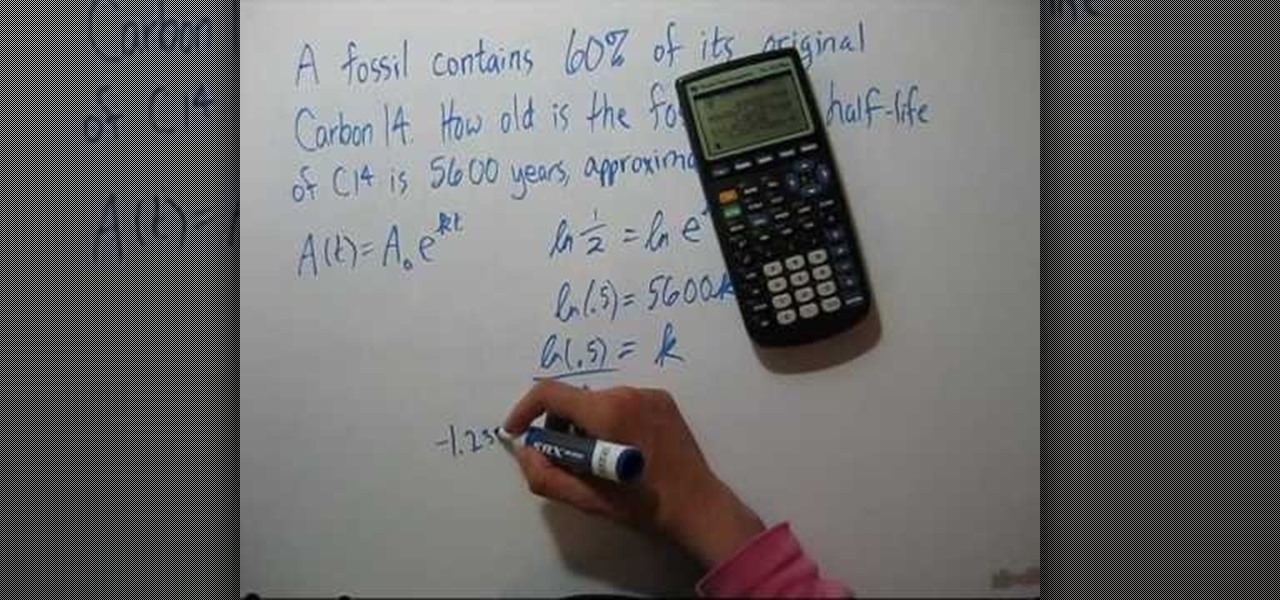Radioactive Dating Because the radioactive half- life of a given radioisotope is not affected by temperature, physical or chemical state, or any other influence of the environment outside the nucleus save direct particle interactions with the nucleus, then radioactive samples continue to decay at a predictable rate and can be used as a clock. This makes several types of radioactive dating feasible. Dating Sites Seattle. This can be done by chemical means, but for precise determinations, mass spectrometry can be used. From the radioactive decay equations, an expression for elapsed time can be developed. Using the common nuclear practice of calling the isotopes . The requirement of keeping the same number of nuclei givesand the radioactive decay relationship is. The elapsed time is thenbut with the use of the first expression above can be expressed in terms of the present concentrations of the parent and daughter isotopes.
Now suppose that there was an original amount of the daughter element present at the formation time of the sample being studied. This adds an additional unknown in the process, and requires an additional piece of data to permit a solution for elapsed time. The requirement on the populations is now. The Stages Of Dating. Fortunately for radioactive dating processes, additional information is available in the form of other isotopes of the elements involved in the radioactive process. If there is another isotope of the daugther element D' which is presumed to be constant throughout the process, then the population requirement can be expressed in terms of the ratios.
How Carbon-14 is Made - Carbon-14 atoms are created when cosmic rays from the sun collide with atoms in the atmosphere. Learn about carbon-14 atoms and carbon-14 atom. The text below describes many of areas in which I offer tutoring and homework help. Chemistry Tutoring Q: Are there examples of quantum mechanics that can be seen in every-day life, or do they only show up in the lab?
We can be reasonably confident that the isotope D' is contant if it is not radioactive (not part of one of the natural radioactive series). Using the radioactive decay equation as above, this becomes. We still have too many unknowns to solve directly for the age, but it is a reasonable presumption that all the minerals which crystallize together should show identical ages and identical isotopic ratios ND/ND'.
We can then plot the ratio y = ND(t. ND'(t. 1) against x = NP(t. ND'(t. 1) for a number of minerals in a given crystalline sample and take the slope of the line. Such a line is called an isochron since all the different minerals are presumed to have crystallized together and therefore have the same age since solidification. The age can then be calculated from that slope as follows: This calculation is expressed in terms of the decay constant .

- Radioactive Half-Life. The radioactive half-life for a given radioisotope is the time for half the radioactive nuclei in any sample to undergo radioactive decay.
- The Rock Cycle. The rock cycle consists of a series of constant processes through which Earth materials change from one form to another over time.